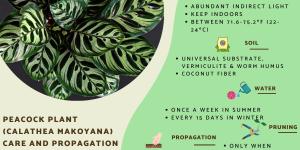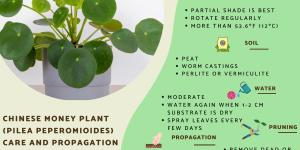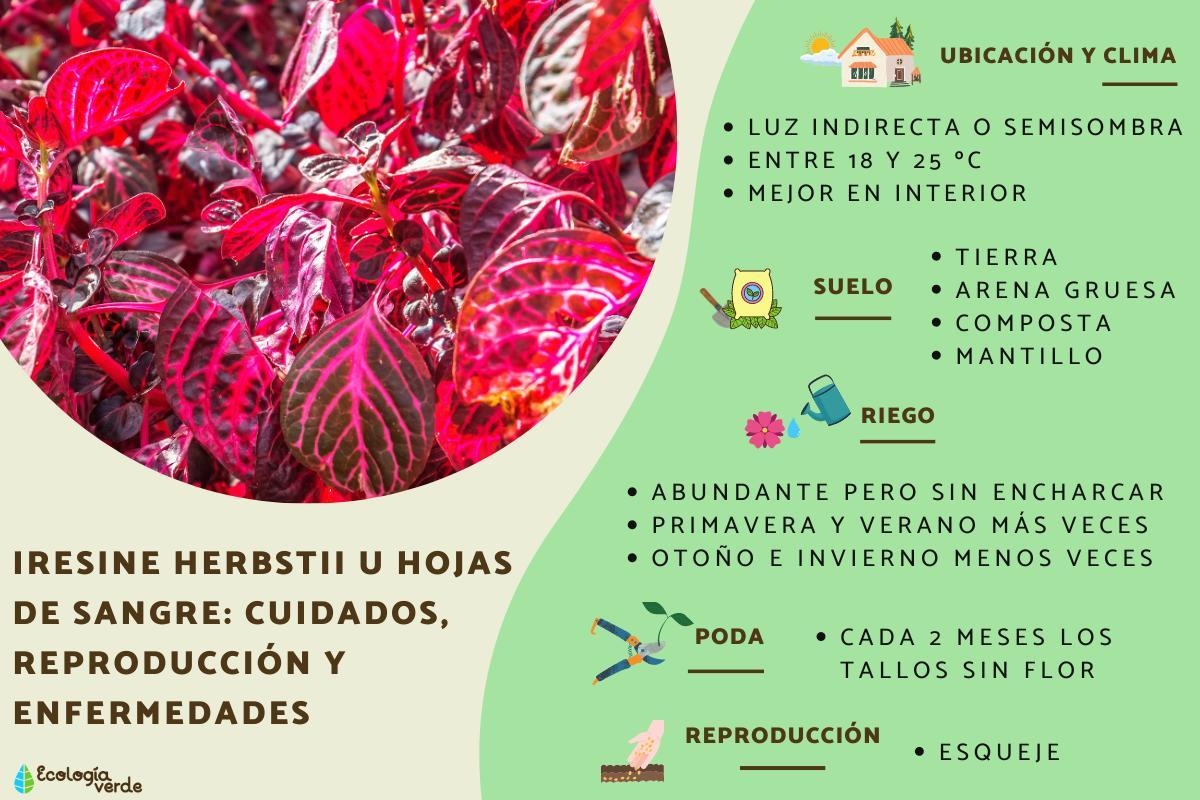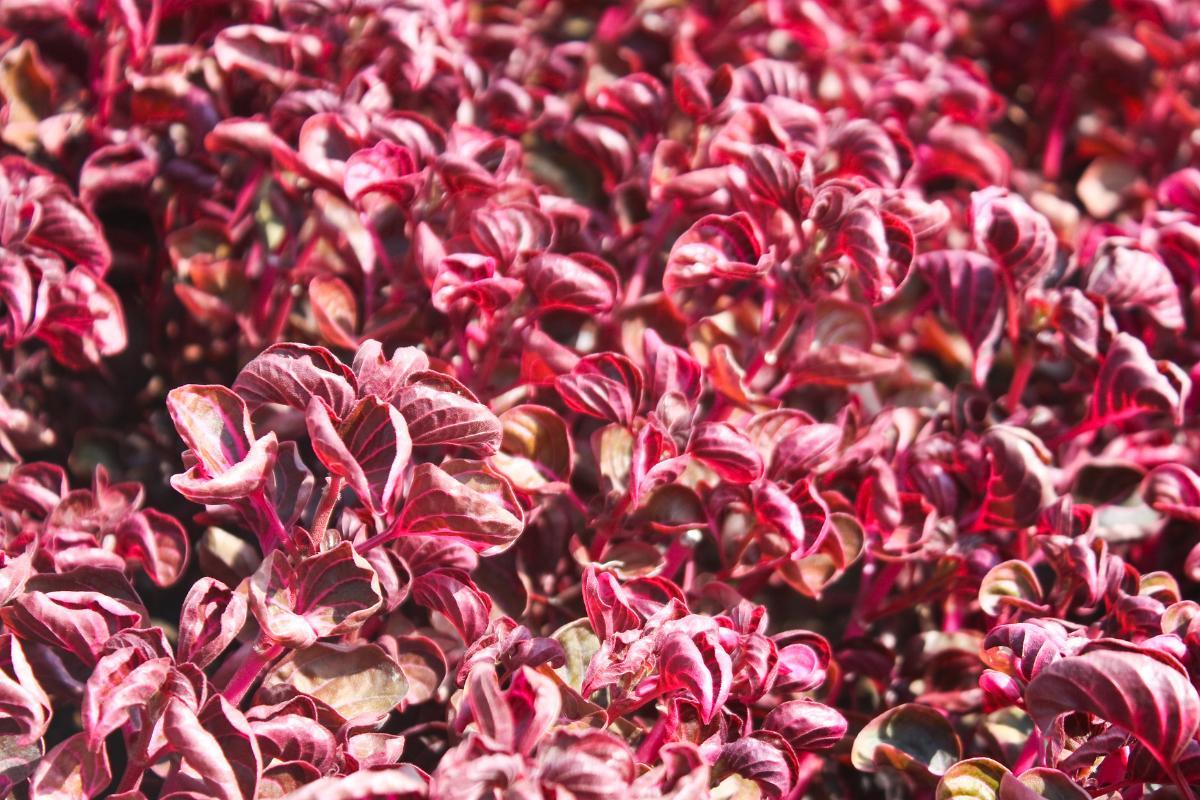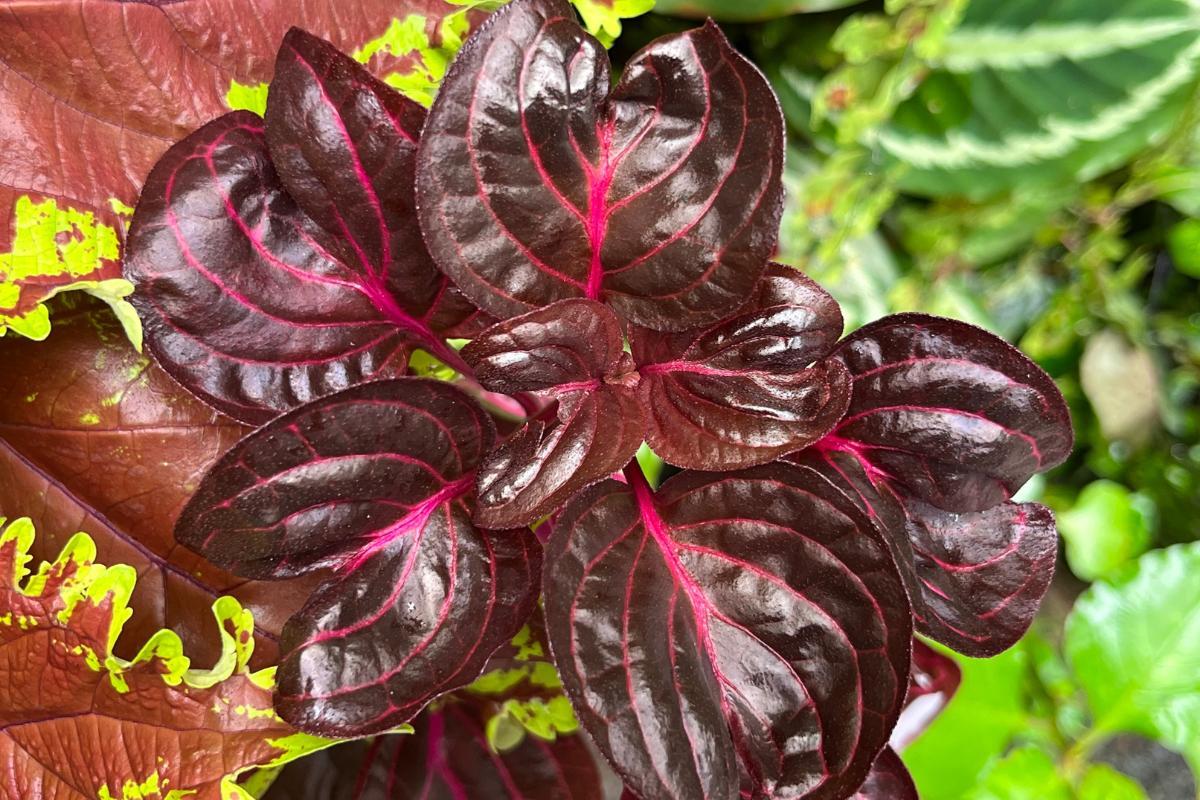Bloodleaf Plant Care and Propagation


Known commonly as bloodleaf plants, species of the genus Iresine are flowering tropical plants which have strikingly beautiful leaves. Not all species have leaves the color of blood, but popular plants kept in the home and garden include the Herbst's bloodleaf (Iresine herbsti). Despite their tropical origins, they can be kept in homes around the world, as long as their needs are adequately met. This means good soil, semi-shade and plenty of watering. Since it is so beautiful, meany people want to know how to propagate a bloodleaf plant so others can care for it. This is why thedailyECO explains bloodleaf plant care and propagation so you can share the love of this beautiful plant.
Characteristics of bloodleaf plants
As we stated in the introduction, the most common bloodleaf plant in homes and gardens is the Herbst's bloodleaf (Iresine herbstii). We use this as the basis for characteristics of bloodleaf plants:
- It is a showy phanerogamous plant, meaning it produces seeds. It has leaf colors which vary between green, purple and deep maroon. This last color gives both its common names and its greatest visual appeal, leading to many gardeners including it among their most special plants.
- It has upright, fleshy stems with trichomes, the latter giving them a hairy appearance.
- Its leaves are heart-shaped and can measure up to six centimeters long. Learn more about different plants with heart-shaped leaves in our related guide.
- It has tiny flowers that almost go unnoticed.
- It can be an annual plant if the climate is not very favorable, but it becomes a perennial if the care and environment are at the right levels.
- It measures 1 meter high in the garden, while pooted bloodleaf plants can reach 60 centimeters high.
- It is very easy to care for and grow, another of its charms.
- Specialized gardeners have begun to grow various cultivars of this plant, resulting in other types with white, yellow and other tones emerging, achieving very attractive combinations.
- Its flowering occurs in summer, but almost always when it is planted in a pot, since when planted in the garden it is not very abundant in flowers.
Discover the different types of flowering vines in our related guide.

Bloodleaf plant light, temperature and location
Where you position your bloodleaf plant is very important for its well-being:
- Even if it is in the garden, Iresine herbstii prefers indirect light or semi-shade. If the sun's rays hit it directly, its leaves will be damaged.
- The temperature that benefits it is between 64-77ºF (18-25ºC).
- It can be located outdoors, as long as it has a roof to avoid direct sun. Preferably we can place it inside the home.
Learn more about types of partial-shade plants.

Bloodleaf plant soil and fertilizer
The substrate must be very light so that it does not allow the plant to become waterlogged. It is recommended to make a combination of soil with peat, coarse sand (vermiculite or lava rock for plants) and compost. Arrange a dry leaf mulch to help retain moisture underneath. The soil should remain moist, but not extremely wet, as this would allow the soil to saturate the roots.
In spring and summer, the fertilizer should be applied in diluted in water every 2 or 3 weeks. It is recommended that it include molybdenum, boron, zinc, copper, manganese, iron, magnesium, potassium, phosphorus and nitrogen. The container dose should be reduced to prevent damage to the plant.
Bloodleaf plant watering
For irrigation, the bloodleaf plant needs the following:
- Watering must be constant and abundant since it is a plant that requires a lot of humidity and moisture. Especially in spring and summer, the soil should always be moist .
- In autumn and winter it should be reduced and watered to just what is necessary.
- For indoor plants, if there is a plate under the plant, it should not store water, as it does not tolerate waterlogging. Allow thorough drainage when watering and don't put it in a plant pot with no drainage holes.
- When it is very hot in summer, you can spray warm water on the stem and leaves.
Bloodleaf plant pruning
In general, the bloodleaf plant does not require much pruning. You only really need to prune it if you want the plant to branch and mature in its thickness. If so, the vegetative stems that do not have a flower can be pruned every 2 months.
Learn about pruning in other plants with our article on caring for night blooming jasmine.
Bloodleaf plant propagation
Bloodleaf plants can be planted by seeds. However, if you already have one, the best type of bloodleaf plant propagation is via cuttings:
- Choose a healthy, new stem that is about 4" (10 cm) long.
- Cut below a node. You can cut it longitudinally so that it roots more naturally.
- Remove any leaves under the node as they steal some energy from the new plant.
- Sprinkle rooting powder at the base of the cutting, i.e. the place it was cut. This one is in commercial format or you can use a homemade option.
- Plant the cutting in a small pot in which you have put a substrate that has been half combined with sand and peat.
- Water the cutting daily. Once the cutting is planted, it must be continually watered so that small roots can be generated. You can place a perforated plastic bag on top to create a greenhouse atmosphere. Use some wooden sticks so that the bag is not actually touching the plant and the heat can circulate.
Also keep these tips in mind to care for the cutting of the blood leaves plant:
- The temperature for this new pot should be between 70 and 75ºF (21 and 24ºC), but be careful not to get direct sunlight.
- You should water it daily and remove the plastic for a while each day so that the soil aerates.
- After two or three weeks you will see new shoots starting to emerge. It is an indication that the cutting has already taken root. At this point, you can care for it as if it were an adult plant and transplant it when necessary.

Diseases and pests of bloodleaf plants
Although relatively easy to care for, bloodleaf plants can be susceptible to diseases and pests. They include:
- When you see fallen leaves for no apparent reason, it is because the plant is thirsty. The remedy is to provide more water than what is being given.
- Sometimes we can see that Iresine herbstii loses its brightness and intense color. This is a sign that it does not have enough light, which we will solve by moving it to a place where the sun's rays reach a little more. Still, it should not be given direct sunlight for prolonged periods.
- Among the pests that affect it are aphids. These are small yellow, white or green insects which can eat up the plant. If they have started to do so, we need to use an insecticide specific for this aphid species.
Learn about how aphids and other problems affect plants in our article on why plants have black spots on their leaves.
If you want to read similar articles to Bloodleaf Plant Care and Propagation, we recommend you visit our Plant care and cultivation category.
- Thomson, D. (1868). Handy-Book of the Flower-Garden, being practical directions for the propagation, culture, and arrangement of plants in flower-gardens all the year round. [With illustrations.]. United Kingdom: W. Blackwood and sons.

